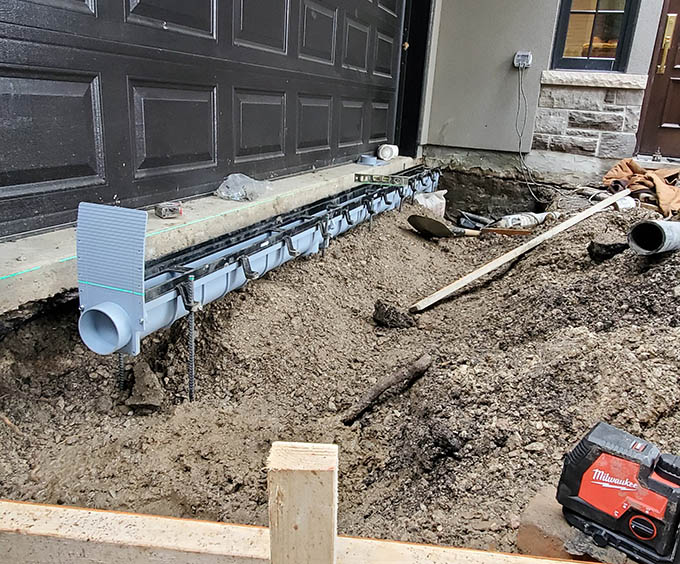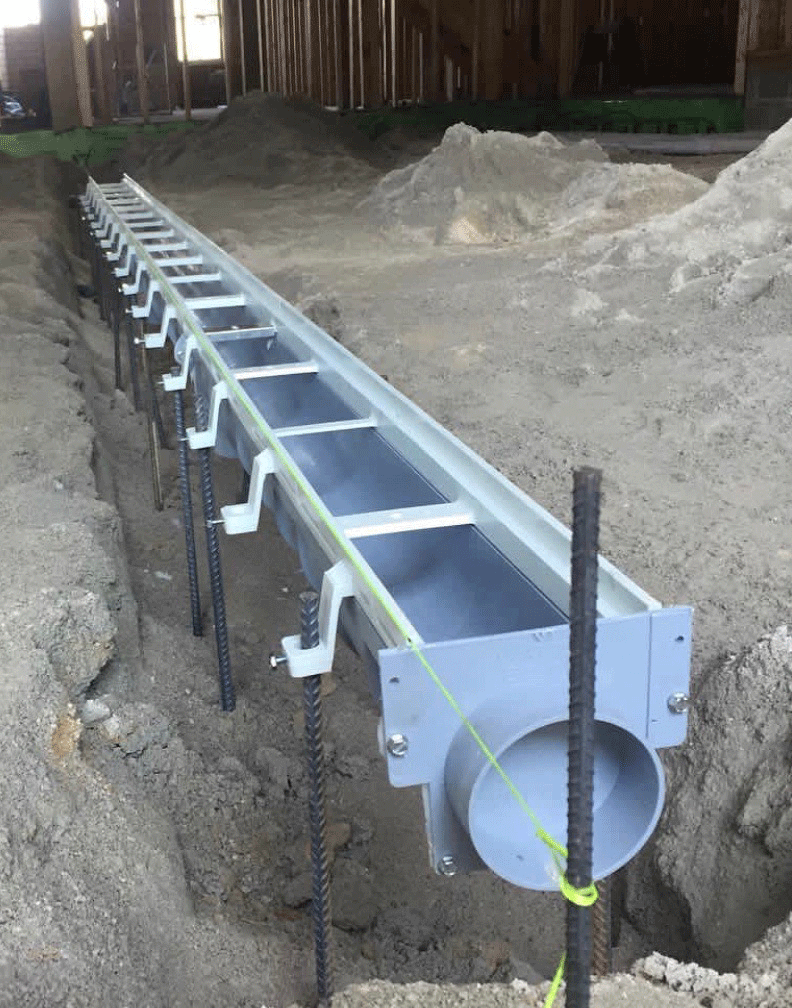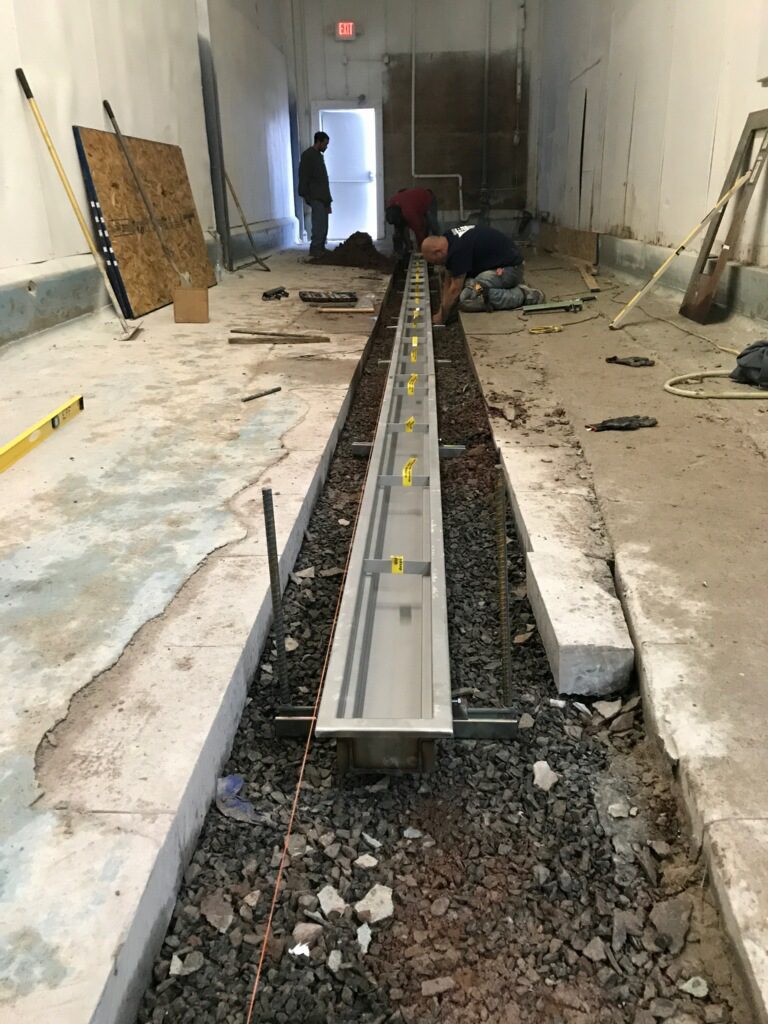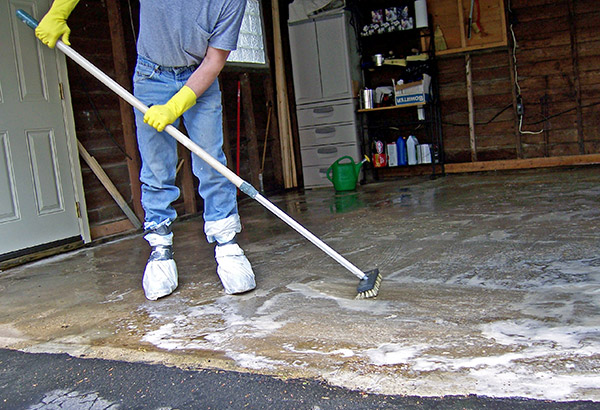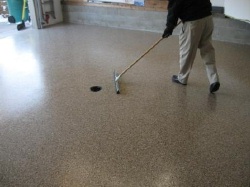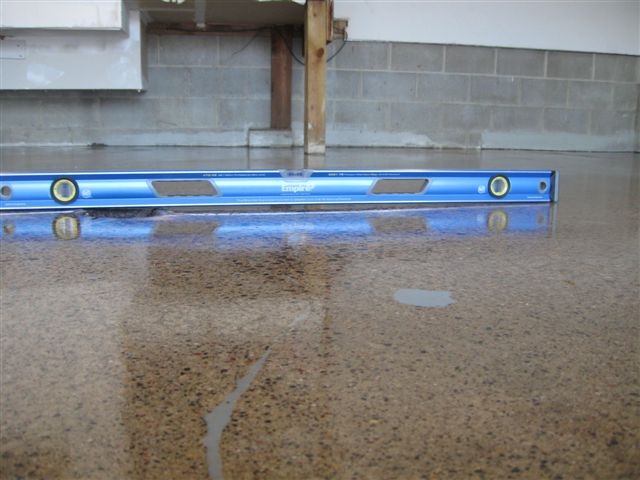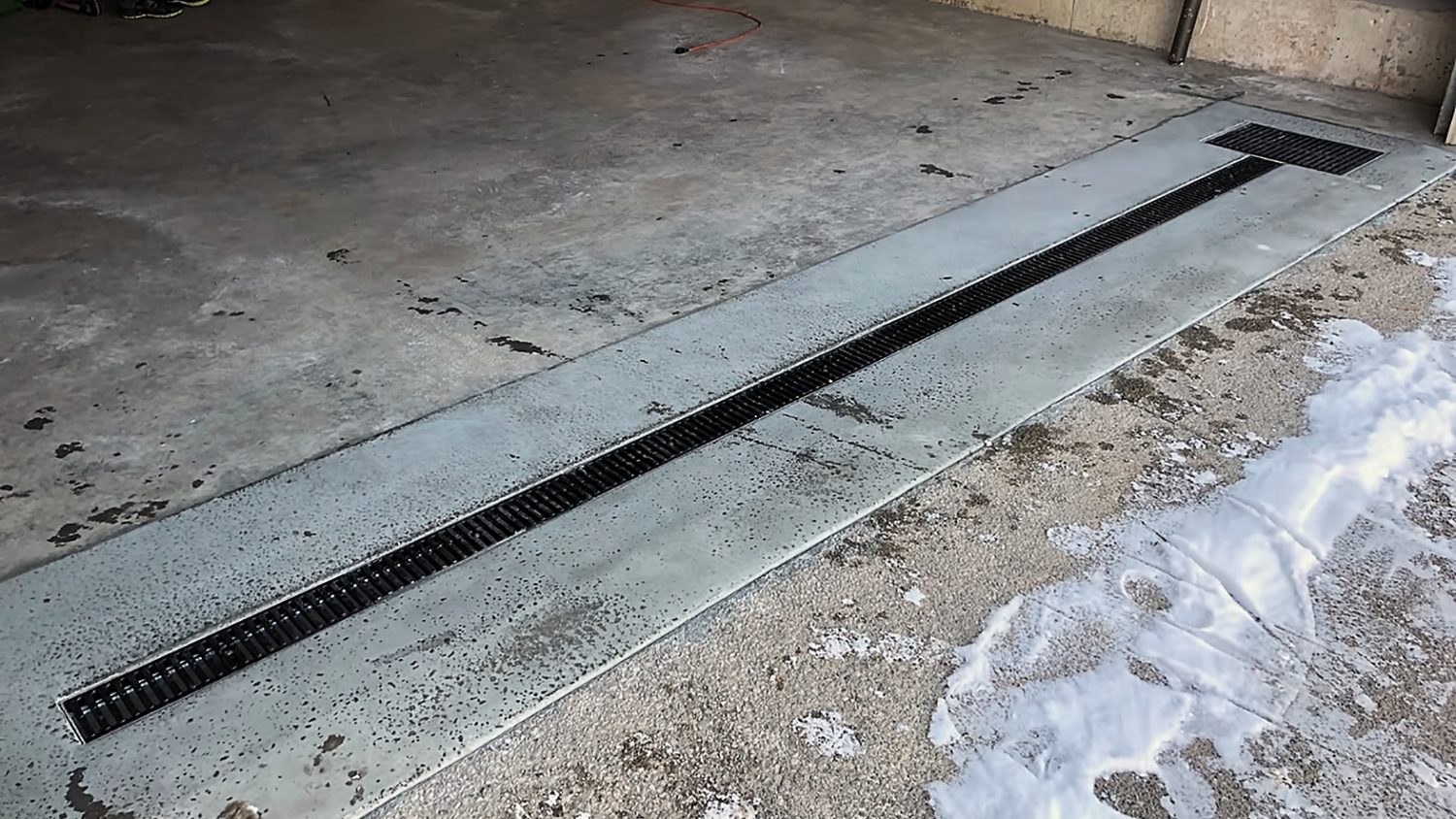Choosing the Right Location for Your Garage Floor Drain
Selecting the right location for your garage floor drain is crucial for efficient water drainage and maintenance. The position of the drain can impact the overall functionality and convenience of your garage space. Below are several factors to consider when choosing the location for your garage floor drain to ensure optimal performance.
- Identify the Water Source: When determining the location for your garage floor drain, consider the primary water sources in your garage. This may include vehicle washing, water heater leaks, snowmelt from vehicles, or general water runoff. Position the drain in an area where water accumulation is likely to occur, ensuring that it effectively captures and redirects water away from the garage floor.
- Accessibility and Convenience: Choose a location that offers easy access to the drain for cleaning and maintenance. Placing the drain in a central area of the garage or near the garage door can facilitate efficient water removal and minimize the risk of water pooling in inconvenient areas. Additionally, consider the layout of the garage and the flow of water to determine the most accessible location for the drain.
- Structural Considerations: Assess the structural elements of the garage floor, such as existing plumbing lines, floor slopes, and potential obstructions. It’s essential to avoid interfering with critical infrastructure and ensure that the chosen location allows for proper installation without compromising the integrity of the garage floor. Consult with a professional if you have concerns about the structural implications of the drain placement.
- Future Garage Activities: Anticipate how you plan to use the garage in the future when selecting the drain location. If you intend to incorporate a workshop area, parking space, or storage zone, consider how the drain placement may impact these activities. A strategic location can enhance the versatility and functionality of the garage space while effectively managing water drainage.
- Local Regulations and Codes: Check local building codes and regulations related to garage floor drain installation. Certain jurisdictions may have specific requirements for drain placement to ensure compliance with drainage standards and environmental regulations. Adhering to these guidelines will help you avoid potential legal issues and ensure that your garage floor drain meets the necessary standards.
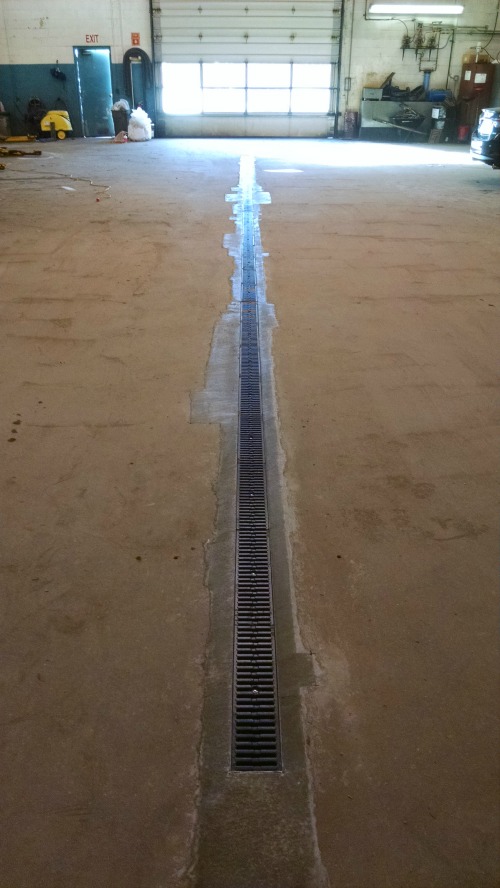
Preparing the Concrete for Installation
Proper preparation of the concrete floor is essential for the successful installation of a garage floor drain. The condition of the concrete surface directly impacts the functionality and longevity of the drain system. We will discuss the necessary steps to prepare the concrete for the installation of a garage floor drain.
Clean the Concrete Surface: Before installing the drain, thoroughly clean the concrete floor to remove dirt, debris, oil stains, and any existing coatings. Use a degreaser or concrete cleaner to eliminate oil and grease residues that can interfere with the adhesion of the drain components. A clean surface ensures proper adhesion and seals for the drain system.
Assess the Floor Slope: Evaluate the slope of the concrete floor to determine the direction of water flow and identify potential low points where water may accumulate. A slight slope toward the drain location is crucial for effective water drainage. If necessary, consider leveling the floor or implementing measures to create a suitable slope that directs water toward the drain.
Repair Cracks and Imperfections: Inspect the concrete surface for cracks, spalling, or other imperfections that could compromise the integrity of the drain installation. Repair any damaged areas using a suitable concrete patching compound to ensure a smooth and durable surface for the drain system. Addressing these imperfections prevents water from seeping into the concrete and causing further damage.
Allow Sufficient Drying Time: If the concrete floor has been recently poured or treated with sealants, ensure that it has fully cured before proceeding with the drain installation. Adequate drying time is essential to prevent moisture-related issues and ensure proper adhesion of the drain components to the concrete surface. Follow the manufacturer’s recommendations for curing and drying times.
Test for Moisture Content: Conduct a moisture test to assess the moisture content of the concrete floor. Excessive moisture can compromise the adhesion and functionality of the drain system. Use a moisture meter to determine the moisture levels, and if necessary, implement moisture mitigation measures to address high moisture content before installing the drain.
Remove Obstructions: Clear the installation area of any obstructions, such as debris, equipment, or stored items, to provide ample space for the drain installation process. A clutter-free environment facilitates efficient and accurate placement of the drain components, ensuring seamless integration with the concrete floor.
Selecting and Installing the Drain System
Selecting and installing the right drain system is a critical step in ensuring efficient water management in your garage. The drain system must effectively capture and redirect water away from the garage floor to prevent pooling and potential damage. We will explore the process of selecting and installing a garage floor drain system to promote optimal water drainage.
Choose the Appropriate Drain Type: Select a drain type that is suitable for the specific needs of your garage. Common garage floor drain types include trench drains, square drains, and round drains. Consider factors such as the amount of water runoff, the size of the garage area, and the intended use of the space when choosing the most appropriate drain type.
Assess Drain Capacity and Flow Rate: Evaluate the drain capacity and flow rate to ensure that the selected drain system can effectively handle the anticipated volume of water. A higher flow rate and capacity are essential for areas with heavy water runoff, such as car washing bays or vehicle storage areas. Choose a drain system that can accommodate the expected water flow without causing backups or overflows.
Consider Grate Options: Grates play a crucial role in preventing debris and foreign objects from entering the drain system while allowing water to flow freely. Select grate options that are durable, corrosion-resistant, and designed to withstand the weight of vehicles and heavy equipment. Additionally, choose grate styles that complement the overall aesthetics of the garage space.
Prepare the Drain Channel: Before installing the drain system, prepare the drain channel by ensuring that it is clean, level, and free of any obstructions. Test the channel for proper slope and alignment to facilitate efficient water flow toward the drain outlet. Follow the manufacturer’s guidelines for preparing the drain channel to ensure compatibility with the chosen drain system.
Install the Drain Components: Carefully install the drain components, including the channel, grates, and outlet connections, following the manufacturer’s instructions. Ensure that the components are securely fastened and sealed to prevent water leakage or infiltration into the surrounding concrete. Proper installation of the drain components is essential for the functionality and longevity of the system.
Test the Drain System: After installing the drain system, conduct a thorough test to verify its performance. Pour water into the drain channel and observe the flow and drainage patterns to ensure that the system effectively captures and redirects the water. Address any issues or deficiencies promptly to ensure that the drain system operates as intended.
Ensuring Proper Slope and Drainage
Proper slope and drainage are essential elements of an effective garage floor drain system. The slope of the floor and the design of the drain system directly influence the efficiency of water removal and the prevention of water accumulation. Let’s discuss the importance of ensuring proper slope and drainage for a functional garage floor drain.
Establish Adequate Floor Slope: Ensure that the garage floor has a sufficient slope towards the drain location to facilitate the natural flow of water. A minimum slope of 1/8 inch per foot is recommended to promote efficient drainage. Assess the existing floor slope and make adjustments as necessary to create a gradual incline towards the drain outlet.
Address Low Points and Depressions: Identify any low points or depressions in the garage floor where water may pool or accumulate. These areas can impede proper water drainage and lead to potential water damage. Use self-leveling compounds or concrete resurfacing materials to eliminate low points and create a smooth, sloping surface that directs water toward the drain.
Verify Drain Outlet Position: Confirm that the drain outlet is strategically positioned to receive water from the sloped garage floor. The location of the drain outlet should align with the natural flow of water and effectively capture runoff from various areas of the garage. Proper alignment between the floor slope and the drain outlet promotes efficient water removal.
Check Drainage Pathways: Evaluate the pathways for water drainage to ensure that they are unobstructed and free of impediments. Clear any debris, obstructions, or accumulated dirt from the drainage pathways to facilitate unobstructed water flow toward the drain. Properly maintained drainage pathways promote consistent and reliable water removal.
Consider Secondary Drainage Solutions: In addition to the primary floor drain, consider implementing secondary drainage solutions, such as trench drains or catch basins, to address specific areas of water accumulation. Secondary drainage systems provide backup support and help manage water runoff in localized zones where the primary drain may be insufficient.
Ensure Proper Drain Maintenance: Regular maintenance is crucial to ensure that the garage floor drain maintains optimal slope and functionality over time. Schedule periodic inspections to assess the condition of the floor slope, drainage pathways, and drain components. Address any issues promptly to prevent water accumulation and potential damage.
Maintenance Tips for a Functional Garage Floor Drain
Maintaining a functional garage floor drain is essential to ensure its long-term performance and reliability. Regular maintenance helps prevent clogs, obstructions, and drainage issues, allowing the drain system to effectively manage water runoff. We will provide maintenance tips to help you keep your garage floor drain in optimal condition.
Regular Cleaning: Schedule routine cleaning of the drain grates and channels to remove dirt, debris, and other materials that may restrict water flow. Use a brush, vacuum, or water flush to clear any accumulated sediment and maintain unobstructed drainage pathways. Clean grates prevent clogs and ensure efficient water capture.
Inspect for Debris and Obstructions: Periodically inspect the drain system for any debris, leaves, or foreign objects that may impede water flow. Clear any obstructions from the drain grates and channels to prevent backups and water pooling. Regular inspections help identify potential issues before they develop into significant drainage problems.
Flush the Drain System: Flush the drain system with water to test its functionality and remove any residual debris. Pour water into the drain channel and observe the flow to ensure that it effectively directs water towards the outlet. Flushing the drain system helps dislodge minor obstructions and maintains smooth water flow.
Address Foul Odors: If you notice foul odors emanating from the drain, it may indicate the presence of organic matter or bacterial buildup. Use a mixture of baking soda and vinegar or a commercial drain cleaner to eliminate odors and disinfect the drain system. Proper sanitation helps maintain a clean and odor-free drain.
Monitor Drainage Performance: Regularly monitor the performance of the garage floor drain to ensure that it effectively captures and redirects water. Pay attention to any signs of slow drainage, backups, or water pooling, which may indicate underlying issues with the drain system. Promptly address any performance issues to prevent water-related damage.
Professional Inspection and Maintenance: Consider scheduling professional inspections and maintenance for the garage floor drain to assess its condition and identify potential maintenance needs. Professional plumbers can provide thorough assessments, cleaning, and maintenance services to ensure the optimal functionality of the drain system.
Garage Floor Drain Ideas
What to Do About a Garage Floor Without a Drain – Danleyu0027s Garages
Garage Floor Drain – What Type Of Concrete Floor Drain Should You Use?
how to install a floor drain
Floor Drains and Minnesota Garage Floor Coatings
Garage Floor Drain
Benefits of Garage Trench Drains
Trench drain installation in Brunswick, Me. by Dayu0027s Concrete
Related Posts:

